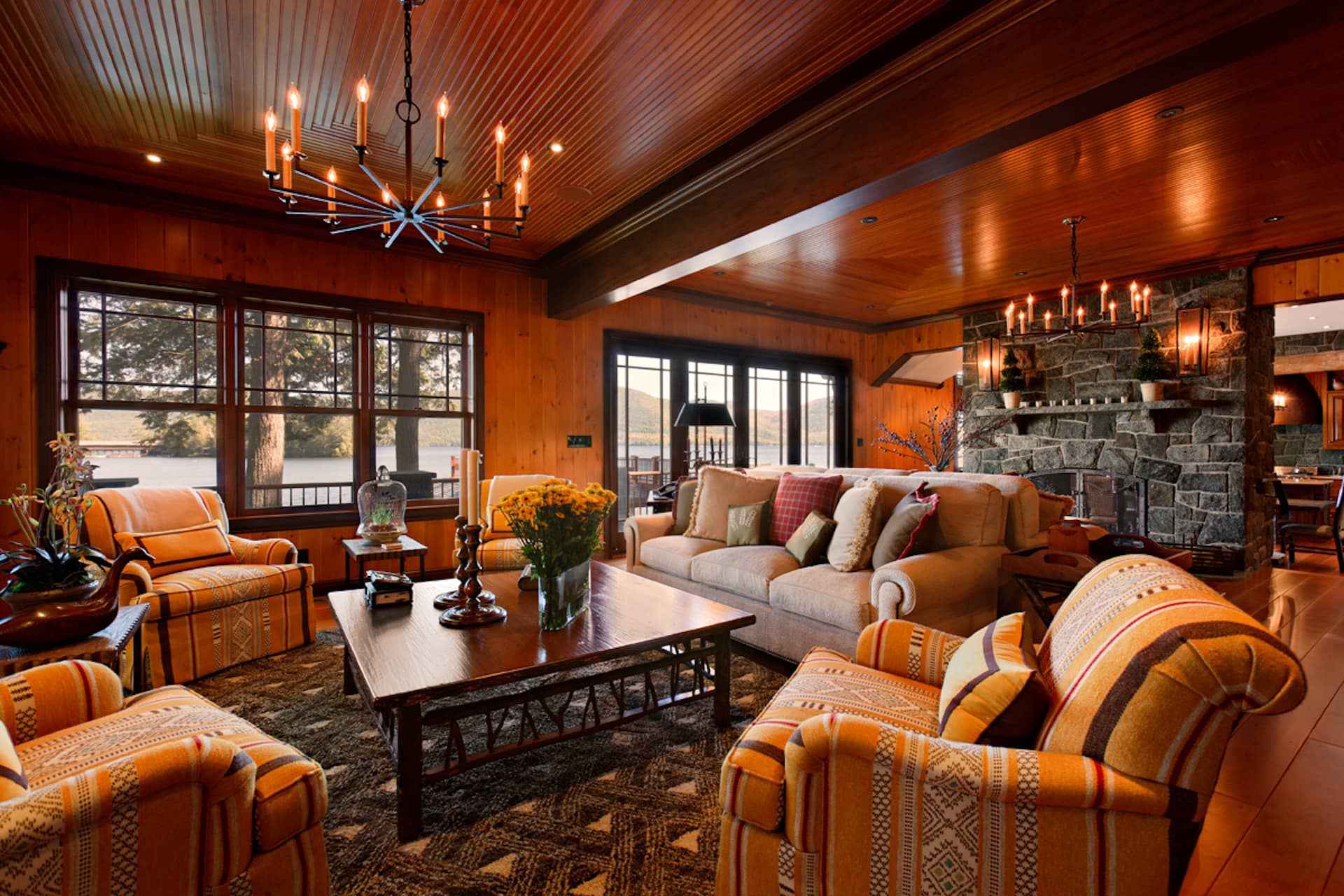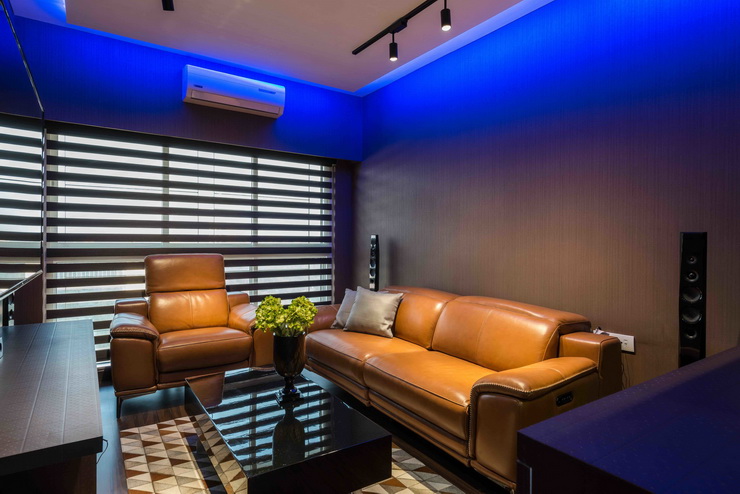

‘This will ensure the scheme is fully integrated into the joinery and architecture of each room.
.jpg)
‘The lighting design needs to be finalized before the first fix electrics – around the time you are thinking about plumbing,’ says Sian Parsons, senior lighting designer at John Cullen Lighting. If you are renovating your home from scratch, it is worth talking to a lighting designer early on to include clever control systems in your scheme. With a rough idea of the lighting effects you want to create planned out, you can think about how your living room lighting will be controlled – and this is where a bigger budget will come into play. Consider how your living room lighting will be controlled ‘Consider illuminating inner spaces, such as alcoves and under cabinets, or along architectural details, such as supports and joists, by using the same “temperature” of light for a fun design.’Ĭheck out our living room lighting ideas for more inspiration. ‘Accent lighting comes into its own when highlighting structural details and lines,’ says interior designer Ben Rousseau. Highlighting features: Once you've got your ambient and task lighting sorted, get creative with accent lighting to show off the features of your room. However, it's worth talking to your architect first about improving light levels with glazing, bi-fold doors and rooflights. For example, if you’re planning a kitchen extension, the area in the deepest part of the extension, perhaps the living space, will lack natural light, and might need lighting during the day. Seating areas, for example, require targeted lighting such as a directional floor light or a pendant light that provides a central overhead source.Įliminating dark spots: Think about natural dark spots, too. You can then begin to plan in and adjust how much ambient light the room needs to be functional and relaxing, and what kind of task lighting would suit your family’s needs. When you use the room: Consider what time of day the room will be used, and how. Your room's proportions: Ceiling heights will affect the room's natural light levels, as well as the surfaces you're planning on fitting in the living room – light-colured walls, flooring and furniture will all bounce light around and lessen the need for artificial lighting.
#AMBIENT LIGHT FOR ROOM HOW TO#
Natural daylight: How much natural daylight does the room get, and when? South-facing rooms tend to be bright all day long – and, in summer, well into the evening – while north-facing living rooms might receive a minimum of daylight from morning to night.īrowse our specialist guide for more tips on how to design a north-facing living room. Plan living room lighting around how you use your spaceīefore you start designing your living room lighting scheme, consider the practicalities. This is a focused light, whether in the form of bright ceiling downlights, or a desk or reading lamp.Ĭreated with spotlights, downlights and uplights, among other styles of lighting, this is especially used to highlight design features such as alcoves or artwork, but can also be created with table lamps to create zoned pools of light, especially in an open plan space. This mimics natural daylight and can be created with pendants, lamps and wall lights for soft pools of light and a relaxed atmosphere. So, you'll rely on the typical three types of artificial lounge lighting: ambient, task and accent. Living rooms look their best at night when lit with layers of light. Clashing metals make a strong design statement, so don’t be put off by pieces that once might’ve been seen as opposing.' Adds Buchanan. Try adding fun accents, a pineapple lamp adds a little quirk and amusement, perfectly juxtaposed with a striking chandelier. Playing with different designs, textures and materials is a great way to add depth and show off your personal style. 'When it comes to the living room, don’t put practicality over style. (Image credit: dar lighting group x Laura Ashley)


 0 kommentar(er)
0 kommentar(er)
